Lake Templene Wildlife Videos

 Baby Robin Hatchling Baby Robin Hatchling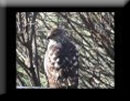 Coopers Hawk on Lake Templene Coopers Hawk on Lake Templene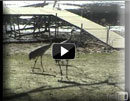 Sand Hill Cranes on Lake Templene Sand Hill Cranes on Lake Templene Bufflehead Ducks on Lake Templene Bufflehead Ducks on Lake Templene Whitetail deer on Lake Templene Whitetail deer on Lake Templene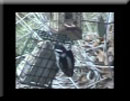 Downy Woodpecker on Lake Templene Downy Woodpecker on Lake Templene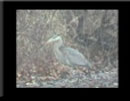 Blue Heron on Lake Templene Blue Heron on Lake Templene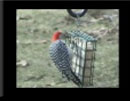 Red Bellied Woodpecker on Lake Templene Red Bellied Woodpecker on Lake Templene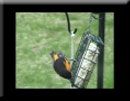 Baltimore Oriole on Lake Templene Baltimore Oriole on Lake Templene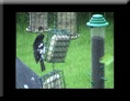 Rose Breasted Grosbeak Rose Breasted Grosbeak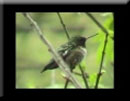 Ruby-throated Hummingbird Ruby-throated Hummingbird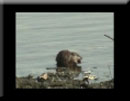 Muskrat on Lake Templene Muskrat on Lake Templene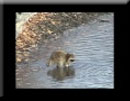 Raccoon on Lake Templene Raccoon on Lake Templene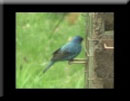 Indigo Bunting on Lake Templene Indigo Bunting on Lake Templene |
Got Video?
If you are a member of the Lake Templene Property Owners Association and have an interesting and/or informative video that you may want to share with the lake community, please contact me. The video footage should contain subject matter indigenous to Lake Templene such as animals, aquatic species, flora or landscape.
After a discussion and agreement, we can arrange to transfer your video. I will edit the video and place it on the Lake Templene website for no charge.
You can reach me at the following email address: content@laketemplene.org Thanks! Chuck Padgurskis
DISCLAIMER: Once you have transferred the video, you understand and agree to indemnify and hold harmless the Lake Templene Property Owners Association, its website, members and employees against any claim where such claim arises out of the use of the video.
The Sandhill Crane (Grus canadensis) is one of only 15 species of cranes in the world and is one of just two crane species native to North America. For more information search online or click on the following link for more details on the Sandhill Crane.
The Bufflehead ducks are the smallest diving duck in North America. They were observed and videotaped several years ago when they descended on Lake Templene for a short stay. For more information search online or click on the following link for more information on the Bufflehead Duck.
Whitetail deer foraging on the shore of Lake Templene during the winter drawdown of 2010.
The Downy Woodpecker (Picoides pubescens) is a species of woodpecker, the smallest in North America.
The Great Blue Heron (Ardea herodias) is a large wading bird in the heron family Ardeidae, common near the shores of open water and in wetlands over most of North and Central America as well as the West Indies and the Galapagos Islands.
The Red-bellied Woodpecker, Melanerpes carolinus, is a medium-sized woodpecker of the Picidae family. It breeds in southern Canada and the northeastern United States, ranging as far south as Florida and as far west as Texas.
The Baltimore Oriole (Icterus galbula) is a small icterid blackbird that averages 18 cm long and weighs 34 g. This bird received its name from the fact that the male's colors resemble those on the coat-of-arms of Lord Baltimore
The Rose-breasted Grosbeak, Pheucticus ludovicianus, is a large seed-eating songbird in the cardinal family (Cardinalidae). It breeds in cool-temperate North America, migrating to tropical America in winter.
The Ruby-throated Hummingbird (Archilochus colubris), is a small hummingbird. It is the only species of hummingbird that regularly nests east of the Mississippi River in North America. The adult male, shown in the video, has a ruby red throat patch which may appear black in some lighting, and a dark forked tail.
The muskrat (Ondatra zibethicus), the only species in genus Ondatra, is a medium-sized semi-aquatic rodent native to North America, and introduced in parts of Europe, Asia, and South America. The muskrat is found in wetlands and is a very successful animal over a wide range of climates and habitats. It plays an important role in nature and is a resource of food and fur for humans, as well as being an introduced species in much of its present range.
The raccoon (sometimes spelled as 'racoon'),[2] also known as the common raccoon,[3] North American raccoon,[4] northern raccoon[5] and colloquially as coon,[6] is a medium-sized mammal native to North America. The raccoon is usually nocturnal and is omnivorous, with a diet consisting of about 40% invertebrates, 33% plant foods, and 27% vertebrates.
The Indigo Bunting was observed at the feeder during the Spring of 2011 at Lake Templene in Michigan. For more information on the Indigo Bunting visit Wikipedia at Indigo Bunting
This immature Cooper's Hawk was videotaped on Lake Templene in Michigan while taking a lunch break with an unwilling participant.
A Baby Robin from Hatchling to Leaving the Nest






